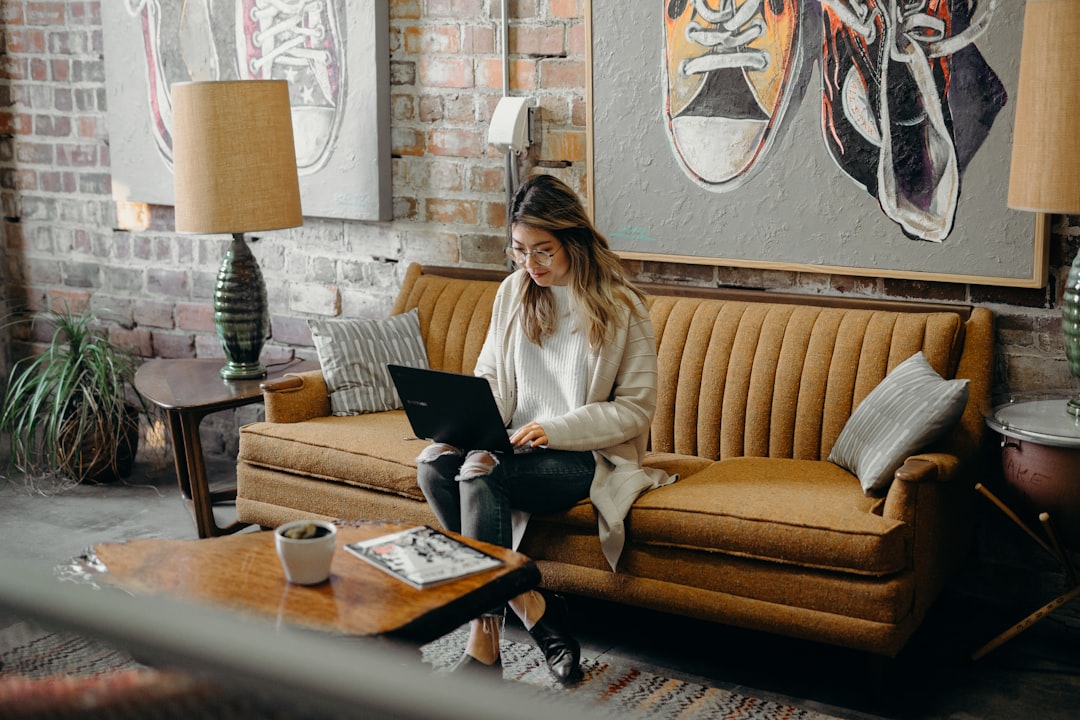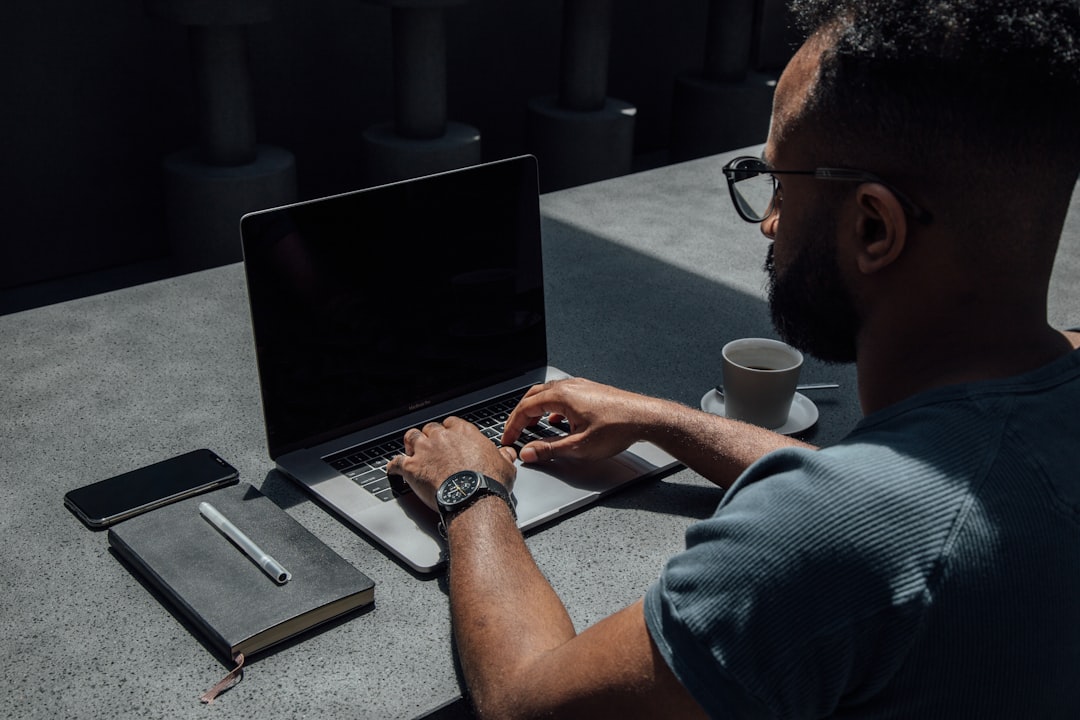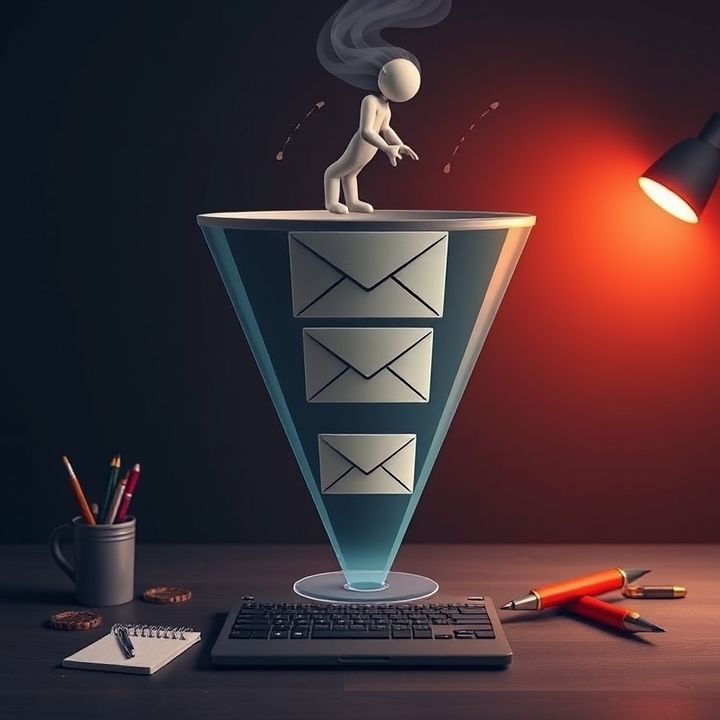Table of Contents
- Introduction
- Understanding the Importance of Email List Hygiene
- Identifying Inactive Subscribers
- Re-engagement Strategies for Disengaged Subscribers
- Segmenting Your Email List for Better Management
- Utilizing Automated Tools for Email Hygiene
- Assessing Engagement Metrics Regularly
- The Role of Content in Subscriber Engagement
- Deciding When to Remove Inactive Subscribers
- Conclusion
- Frequently Asked Questions
Introduction
In the bustling digital marketplace, your email list is your secret weapon—an army of potential brand advocates waiting to be activated. Yet, as you sift through data, do you find a sea of silent subscribers, their presence marking missed opportunities?
Imagine transforming these passive participants into loyal, engaged followers without radically overhauling your existing strategy. In this exploration of email mastery, we will dive deep into techniques that not only breathe new life into dormant contacts but propel your brand to the forefront of their minds.
| Challenge | Solution |
|---|---|
| Inactive Subscribers | Engagement Tactics |
| Low Open Rates | Compelling Subject Lines |
| Poor Click-through Rates | Personalized Content |
The journey to nurturing a thriving email list begins with understanding your subscriber’s needs and ensuring their experience aligns with your brand values. Ready to embark on this transformative journey? Let’s delve deeper into the art of revitalizing your email list.
Understanding the Importance of Email List Hygiene
Understanding the importance of email list hygiene is crucial for maintaining an effective email marketing strategy. Email list hygiene refers to the process of managing and cleaning up your email contact lists to ensure that your messages reach individuals who are genuinely interested in what you have to offer. This involves regularly reviewing and removing inactive or disengaged subscribers, as they may not only skew your engagement statistics but also harm your sender reputation.
Ignoring email list hygiene can lead to sending campaigns to email addresses that are either outdated or disinterested, resulting in low open rates, increased bounce rates, and even the risk of emails being flagged as spam. This can negatively impact your email deliverability, making it less likely for your emails to reach the inbox of engaged subscribers. By regularly cleansing your list, you enhance your communication effectiveness and increase the chances of fostering positive relationships with your audience.
Engaging only with active subscribers allows you to tailor content more effectively, drive better engagement, and ultimately, achieve higher conversion rates. Ensuring a healthy email list is an ongoing process that can significantly influence the success of your email marketing efforts.
Identifying Inactive Subscribers
Identifying inactive subscribers is a crucial step in maintaining email list hygiene. It involves tracking engagement metrics to determine which subscribers have not interacted with your emails over a specific period. Begin by defining what ‘inactive’ means for your list. For some, it might be six months of no opens or clicks; for others, it could be a year. Once you have a clear definition, use your email marketing platform’s analytics tools to filter out these subscribers.
Look at metrics such as open rates, click-through rates, and last activity dates to flag potential inactive users. Segmentation is another effective tool; create a segment that includes subscribers who haven’t engaged in your chosen timeframe. Some platforms also offer activity scoring systems that automatically rank subscriber engagement, helping you easily identify inactive ones.
Regularly reviewing these metrics ensures your list remains current and engaged. While identifying inactive subscribers, remember that re-engagement campaigns can sometimes rekindle their interest before deciding to remove them from your list. Identifying these subscribers early allows for strategic decisions to optimize your email marketing efforts effectively.
Re-engagement Strategies for Disengaged Subscribers
Re-engagement strategies are crucial for reviving the interest of disengaged subscribers on your email lists. First, identify subscribers who have been inactive for a specific period, usually 3-6 months, by analyzing your email engagement metrics. Once identified, reach out to them with a personalized re-engagement campaign. This could include a series of emails that express your desire to reconnect, offering exclusive content or discounts as an incentive to encourage them to stay subscribed.
Highlight the value they will miss if they choose to unsubscribe. Providing options for them to update their preferences on the type and frequency of emails they receive can also be effective. Ensure your emails are mobile-optimized, as many subscribers access content on mobile devices. A/B testing different subject lines and content can help determine what resonates best with your audience.
Additionally, consider offering a survey to understand why engagement declined initially—and be ready to make necessary changes to improve future interactions. Successfully re-engaging subscribers can lead to improved open rates and foster a more engaged and loyal audience in the long run.
Segmenting Your Email List for Better Management
Segmenting your email list is a crucial strategy for effective email list management and improved engagement. By dividing your subscribers into specific groups based on shared characteristics, preferences, or behaviors, you can tailor your communication to meet their unique needs. This targeted approach not only enhances the relevance of your emails but also boosts open and click-through rates. Common segmentation criteria include demographic factors like age, gender, or location; behavioral data such as purchase history or website interactions; and engagement levels, identifying those who frequently interact with your content versus those who are less active.
Furthermore, you can segment based on the lifecycle stage, distinguishing between new subscribers and long-term customers, to provide the most appropriate content at each stage. Utilizing segments allows for more personalized email campaigns, leading to greater customer satisfaction and retention. Regularly updating and refining your segments is essential to maintain accuracy and improve results. By implementing a robust segmentation strategy, businesses can ensure they deliver value to their audience, ultimately fostering stronger relationships and driving conversions.
Utilizing Automated Tools for Email Hygiene
Utilizing automated tools for email hygiene is an effective approach to managing your subscriber list efficiently. These tools help identify and address inactive or disengaged subscribers, ensuring your email campaigns remain impactful. By automating the process, you can regularly clean your list without manual intervention. Common features of these tools include identifying hard and soft bounces, monitoring engagement levels, and recognizing repetitive non-openers.
With dedicated email hygiene tools, it’s easier to segment your audience based on activity levels, allowing you to tailor your re-engagement strategies. For example, you can set up automated workflows to trigger re-engagement emails to inactive subscribers, encouraging them to interact with your content. If there’s no response, you can automatically move them to a separate list for further analysis or potential removal.
In addition to streamlining the cleaning process, automated tools often provide detailed analytics and reporting. This data is invaluable in understanding overall user behavior and refining your email marketing strategies. Ultimately, automation helps maintain a healthy subscriber list, enhances deliverability rates, and ensures your marketing efforts are directed towards genuinely interested recipients.
Assessing Engagement Metrics Regularly
Maintaining email list hygiene is crucial for effective email marketing, and a pivotal step in this process is assessing engagement metrics regularly. This involves analyzing various indicators such as open rates, click-through rates, and conversion rates to understand how subscribers are interacting with your emails. Regularly reviewing these metrics can help you identify trends, pinpoint inactive or disengaged subscribers, and tailor your strategies accordingly. For instance, consistently low open rates might indicate that your content isn’t resonating with your audience, prompting a need for a change in subject lines or email content.
Additionally, engagement metrics can identify segments of your audience that are highly engaged, offering opportunities for targeted campaigns. By segmenting subscribers based on their engagement levels, you can create personalized experiences that enhance relevance and boost engagement. Moreover, automated tools and analytics platforms can streamline the process, providing insights in real-time and enabling swift adjustments to your strategies. Ultimately, regularly assessing these metrics is key to refining your email marketing efforts, ensuring that your communications remain effective, and maintaining a healthy email list.
The Role of Content in Subscriber Engagement
In the realm of email marketing, content plays a pivotal role in maintaining subscriber engagement. Quality content serves as the foundation for building trust with your audience, converting casual readers into loyal subscribers. Engaging content is not only relevant and informative but also tailored to meet the specific needs and interests of your subscribers. This means understanding your audience’s preferences and delivering value consistently, which can significantly reduce the chances of subscribers becoming inactive or disengaged.
Moreover, varying the format of your content can keep it fresh and interesting. Incorporating a mix of articles, videos, infographics, and other multimedia elements can cater to different preferences, keeping subscribers engaged. Personalization is another crucial factor; using dynamic content that addresses subscribers by name and reflects their past interactions increases the likelihood of engagement.
Consistency is key. Regularly scheduled newsletters and updates remind subscribers of your brand’s presence and reinforce the connection. However, be mindful of frequency, as overloading inboxes can lead to disengagement. In summary, compelling and personalized content is essential for nurturing the subscriber relationship and ensuring ongoing engagement.
Deciding When to Remove Inactive Subscribers
Deciding when to remove inactive subscribers from your email list is crucial for maintaining list hygiene and maximizing engagement rates. Inactive subscribers are those who have not opened or interacted with your emails over a defined period. The first step is to establish the criteria that define inactivity, often determined by analyzing engagement data. This might include no opens or clicks over a period of three to six months. Once the criteria are set, consider implementing a re-engagement campaign aimed at reactivating these subscribers with enticing offers or content that rekindles their interest.
If the re-engagement efforts prove unsuccessful, it might be time to remove these inactive subscribers. Doing so helps to improve key email marketing metrics such as open, click-through, and conversion rates, while also ensuring your email content reaches an audience that is genuinely interested. Additionally, removing inactive subscribers can reduce costs, as many email service providers charge based on list size. Importantly, maintaining an active list contributes to better deliverability rates, ensuring your emails do not get flagged as spam. Ultimately, the goal is to uphold a clean, engaged list that amplifies your email marketing success.
Conclusion
In conclusion, transforming inactive subscribers into engaged followers is an essential element of a successful email marketing strategy. The journey begins with maintaining robust email list hygiene by regularly identifying inactive subscribers and taking steps to re-engage them. By employing targeted re-engagement strategies, such as personalized campaigns and offering incentives, you can rejuvenate interest and encourage subscribers to interact actively with your content. Furthermore, segmenting your audiences and utilizing automated tools can significantly streamline the management process, ensuring that your efforts concentrate on genuinely interested audiences. Importantly, continuously assessing engagement metrics allows for timely adjustments to strategies, thereby improving your communication effectiveness.
Generating meaningful and consistent content plays a pivotal role in subscriber engagement. It necessitates understanding and addressing the specific needs and interests of your audience. Robust content strategy fosters strong relationships and drives conversions. Decisively, when re-engagement attempts fall short, knowing when to remove inactive subscribers ensures a focused and efficient marketing approach that enhances deliverability rates and reduces costs. Maintaining a vibrant, active email list not only bolsters engagement but also lays the foundation for sustainable growth and success in your email marketing endeavors.







 Every click, every open, every conversion can be traced back to how engaging and appealing your email template is. Are you ready to discover the secrets that turn ordinary emails into extraordinary ones?
Every click, every open, every conversion can be traced back to how engaging and appealing your email template is. Are you ready to discover the secrets that turn ordinary emails into extraordinary ones?








